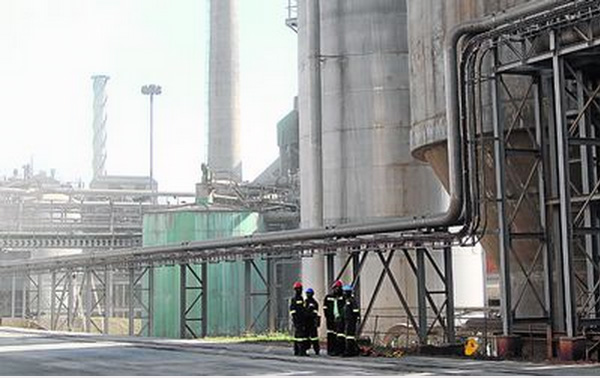Sappi Seeking to Get More "Product" from Every Tree
![]() Print this Article | Send to Colleague
Print this Article | Send to Colleague
According to a report this past week by BusinessDay (Johannesburg, South Africa) on their BDLive website, SAPPi’s technology unit is working on developing a market for nanocellulose and wood-derived sugars used to make renewable products such as biodegradable plastics, as it searches for ways to use more of each tree.
Sappi said last month it would build a pilot plant to produce nanocellulose — a lightweight, high-strength material derived from wood — after the company and Edinburgh Napier University developed a new, low-cost way to extract it.

The company, in recent years, has invested in one of its South African and one of its American paper mills to install a process called prehydrolysis kraft — used to strip hemicellulose from wood fibers to create dissolving pulp. Sappi mainly exports dissolving pulp — also known as specialized cellulose — to textiles manufacturers in the Far East from three of its factories. It is the world’s largest supplier of dissolving pulp, with a market share of about 20%.
But the company is now also looking at possible uses for the sugars it can extract from hemicellulose, which is a component of the cell walls of wood fibers and is currently a waste product when making paper pulp and dissolving pulp.
Sappi, which has limited funds to invest in research and development (R&D) for new markets amid declining demand for paper, is trying to build a third pillar to its business to complement its pulp and paper operations. In moving to "near-and-adjacent" products, the company hopes to start adding "biorefinery" products such as nanocellulose and polyactic acids.
The company—which is recovering from a period of high debt and dented profits, partly as a result of its dissolving pulp business—spends about $20 milion a year on improving processes and yields. Since the early 2000s, it has also set aside an additional $8 million – 9 million annually to develop new products and processes under its "Exciter" program.
Like other paper companies, Sappi is relatively self-sufficient when it comes to its energy needs. It also wants to supply more "green" energy to the national grid by boiling the natural lignin from trees or burning branches and other waste products to generate power.


